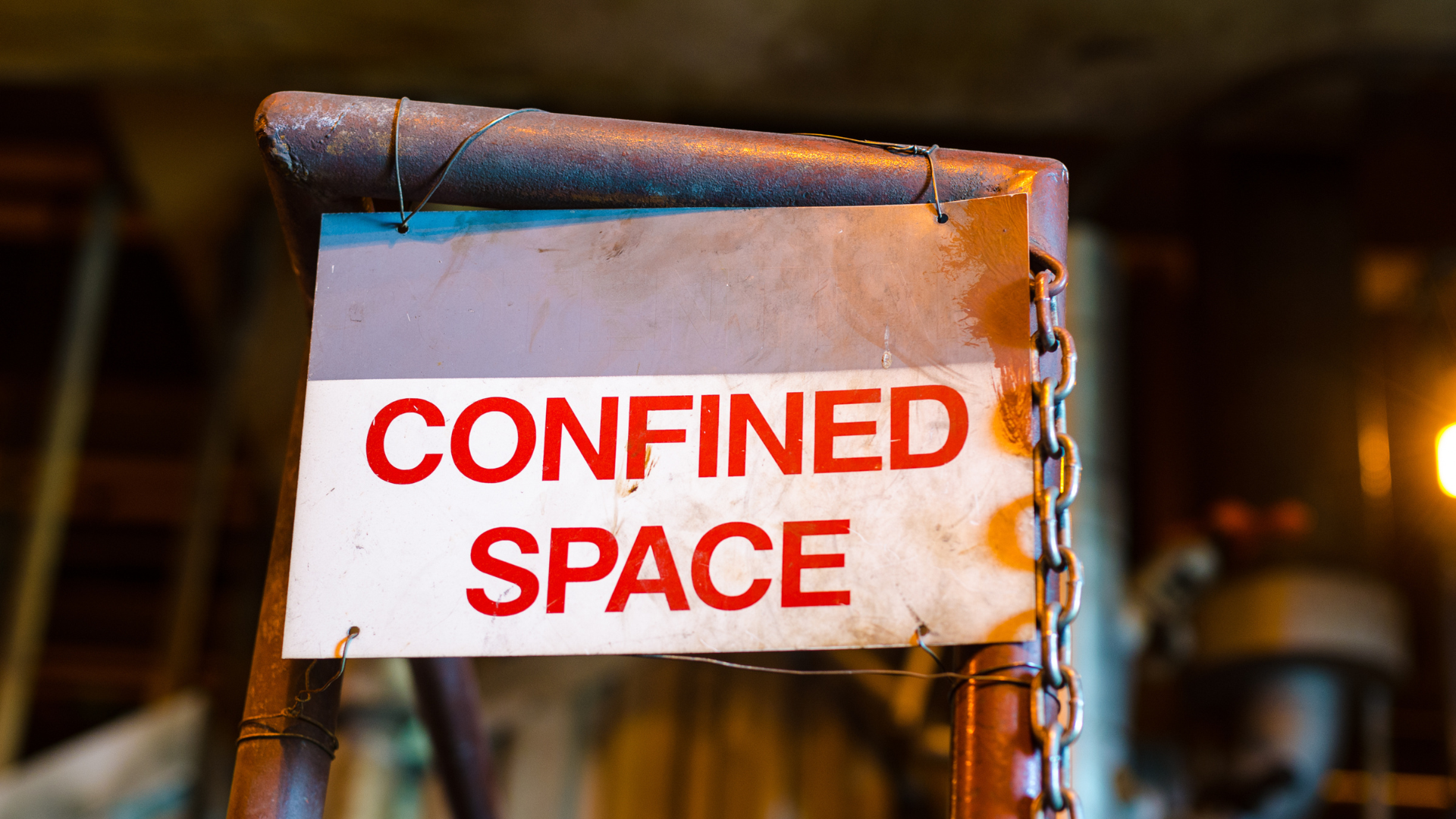In the industrial world, plant inspection is a key issue. It enables us to anticipate faults, ensure regulatory compliance and guarantee personal safety. But when this inspection has to take place in a confined environment, things get considerably more complicated.
Tanks, silos, technical shafts, vats, buried pipes... these environments are difficult to access, poorly ventilated and often dangerous. Yet their good condition is fundamental to maintaining safe, efficient industrial activity. That's why inspections in confined spaces are subject to strict rules and well-defined protocols.
In this article, we take a look at the applicable regulations, the best practices to adopt, and the technological innovations that now make it possible to inspect faster and more reliably.
A technical and human challenge
Inspecting a confined environment means working in an enclosed space with restricted access, insufficient natural ventilation and where prolonged human presence is problematic. These spaces are not designed to be occupied. Yet they require regular monitoring, as they are particularly exposed to corrosion, clogging or deformation.
They can be as simple as a sewer manhole, as long as several hundred meters, or as large as a storage tank. What unites them is their potential danger: unbreathable atmosphere, risk of explosion, presence of toxic liquids or gases, isolation in the event of an accident... The figures speak for themselves: the rate of serious accidents in confined spaces is far higher than the average for other industrial sectors. Hence the need for rigorous preparation.
A strict regulatory framework
In France, inspections in confined spaces are governed mainly by the Labor Code, notably through articles R.4222-1 to R.4222-24, which impose precise obligations in terms of ventilation, gas detection and operator training. At European level, Directive 89/391/EEC on health and safety at work also applies to this type of operation.
Prior to any operation, a risk assessment must be carried out, documented and validated. Access to these areas is subject to the issuance of a "penetration permit", which sets out the procedures to be followed and the specific precautions to be taken. Staff training is also a regulatory requirement. Operators must be trained in the hazards
the use of personal protective equipment and monitoring devices.
In practice, each intervention requires the mobilization of an agent inside and a supervisor outside, ready to trigger a rescue procedure in the event of an emergency. The necessary equipment - harnesses, gas detectors, tripods, lifelines, safety lighting - must be operational and adapted to site conditions. Nothing can be left to chance.
Multiple, often invisible risks
What makes confined environments so formidable is the combination of silent but very real risks. One of the most feared is asphyxiation, caused by an atmosphere low in oxygen or invaded by inert gases. Poisoning is another frequent threat: gases such as hydrogen sulfide, carbon monoxide or ammonia can accumulate without any odor betraying their presence.
Added to this are the risks of explosion (in dust silos, for example), falls (when entering a pit or shaft), burial or drowning. Not to mention the dangers associated with the isolation of the operator, who may lose consciousness without being able to report his or her situation. It is precisely these risk factors that justify such rigorous supervision and a constant search for safer solutions.
Better anticipation: best practices
Even before entering a confined space, careful preparation is essential. A site-specific hazard assessment must be carried out beforehand. This phase defines the equipment to be provided, the tolerated intervention times and the actions to be taken in the event of an incident. A precise intervention plan is drawn up: who enters, for how long, with what means, under whose supervision.
Once on site, the entry protocol must be followed to the letter. PPE must be worn, communication between inside and outside must be maintained continuously, and gas detectors must operate in real time. The outside supervisor is not simply an extra: he or she is responsible for the safety of his or her colleague, and must be able to alert emergency services without delay.
The inspection itself must be carried out according to a well-established plan. The slightest deviation, the slightest unforeseen event, must lead to immediate suspension of the intervention. Finally, once the operator has left the site, it is imperative to carry out a full debriefing, analyze the data collected (photos, videos, readings) and record the results in a logbook. Maintaining equipment and updating procedures is an integral part of the job.
Drones and robots: a revolution in safety
Today, technological innovation offers an effective response to these constraints. Thanks to the emergence of inspection drones and ITV robots, it is now possible to carry out a visual inspection without requiring personnel to enter a confined space.
It is precisely in this context that the solutions developed by Multinnov stand out from the crowd. The Stereo2 drone is designed to operate in complex environments, where the absence of GPS, low light levels and obstacles make navigation difficult. Thanks to its optical stabilization, 4K camera and powerful LED lighting, it can navigate with precision in a tank, duct or gallery, while transmitting a real-time video stream to the operator outside.
For its part, the Roview2 is a wire-guided robot designed for inspection of non-accessible networks, particularly partially filled pipes. Its robust design and long-range transmission system make it an essential tool for water and wastewater network operators. Compact, moisture-resistant and equipped with a high-definition pan/tilt camera, it enables fast, reliable inspections, while minimizing risks for operators.
By reducing human exposure, these technologies not only protect teams, but also increase efficiency and responsiveness. Interventions can be planned more simply, data is immediately usable, and inspection reports gain in clarity.
The inspection of confined spaces can no longer rely solely on traditional practices. In the face of ever-increasing risks, ever-stricter regulatory requirements, and ever-higher productivity expectations, it is becoming imperative to rethink methods. Preparation, rigor and anticipation remain the pillars of any successful intervention, but the integration of advanced technologies such as Stereo2 and Roview2 offers a new perspective.
With tailor-made solutions, Multinnov helps manufacturers achieve safer, faster and more accurate inspections. Aninnovative approach to safety,efficiency and industrial performance.


